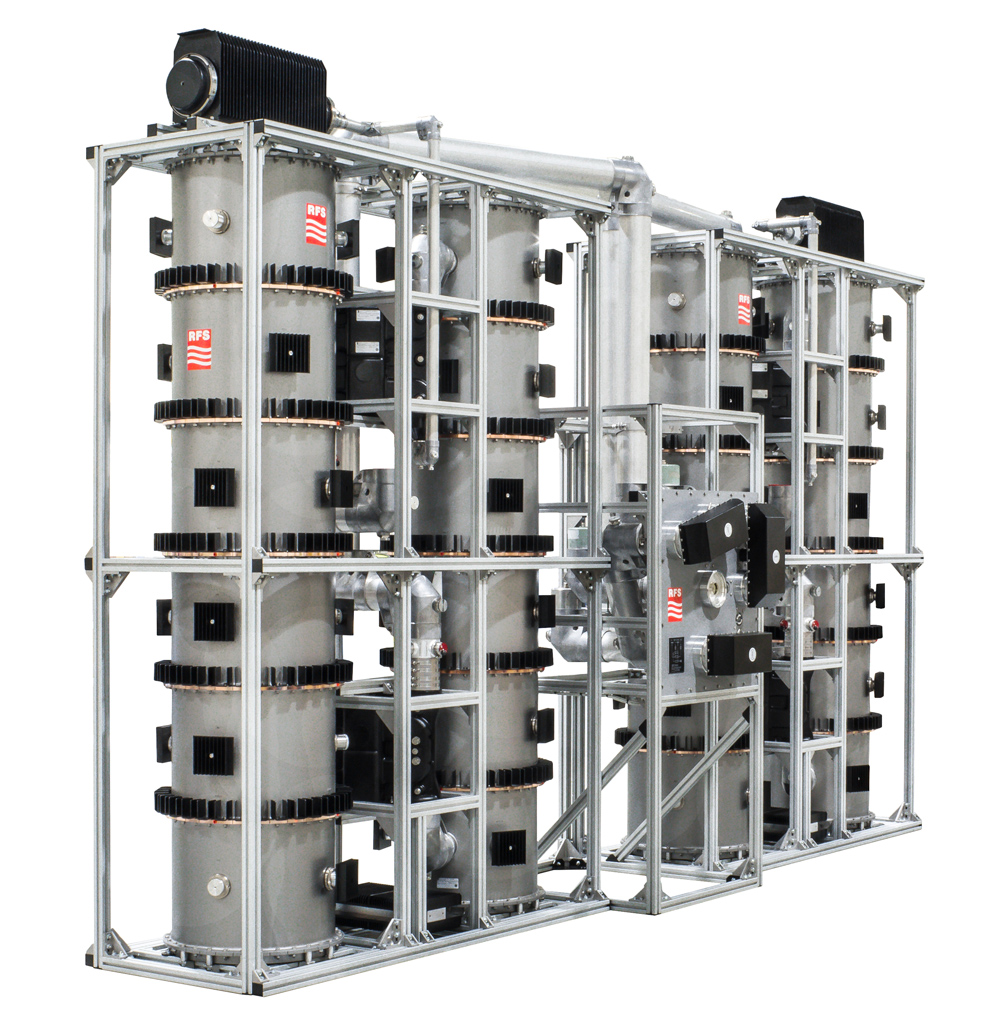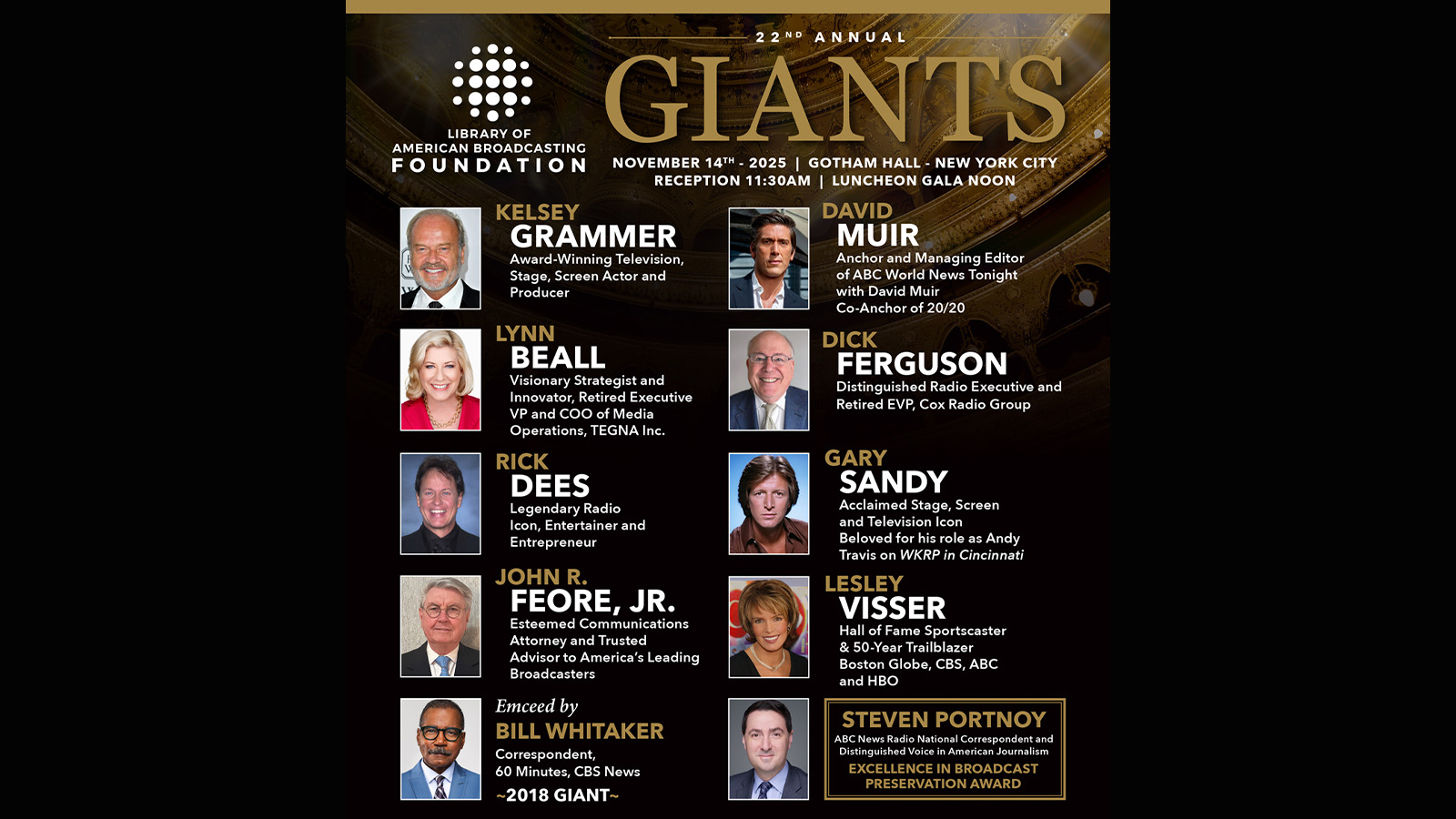One World Trade Center Ready for NextGen TV
RFS announces upgrade to allow local PBS stations to deliver NextGen TV by 2023

MERIDEN, CT—In advance of the expected launch of NextGen TV in the U.S.’s largest market, Radio Frequency Systems (RFS), announced today that it has expanded the existing RFS antenna and combiner infrastructure atop One World Trade Center to deliver ATSC 3.0 to 7.45 million households across the New York City area.

The installation is expected to be completed by the end of 2022 and will be the first high-power source of ATSC 3.0 for New York. The upgrade will allow NYC-area PBS stations to launch NextGen TV, announced earlier this year. The WNET Group's WLIW21 will serve as the host station for ATSC 3.0 broadcasts for the three major PBS member stations in the New York metropolitan area: THIRTEEN, WLIW21 and NJ PBS.
New York got its first low-power ATSC 3.0 service last month, with the launch of WNYZ-LD, a low power station that provides Korean language TV and radio broadcasts to the metropolitan New York City area and eastward towards Long Island.
RFS has worked on installing broadcast equipment atop One World Trade Center since 2015. In this latest upgrade, an additional ATSC 1.0 channel, WMBC 18, an independent television station licensed to Newton, N.J. is being added to the existing RFS main and auxiliary antenna and combiner systems, which will allow WMBC 18 to upgrade to ATSC 3.0. In addition to the combiner add-on equipment, the system incorporates 12 pole mask filter systems for both main and reserve operation that are combined with an RF switching system to provide high levels of redundancy and flexibility.
Victor Joo of WMBC commented, “The aim of this project is to deliver the best for our customers in a timely and efficient manner. Working with RFS, tapping into its knowledge base, technical expertise, and experience in the industry, especially at One World Trade Center, is allowing us to achieve this. We believe the future looks bright for the industry and the general public, as ATSC 3.0 allows us to meet changing and growing demands.”
In addition to the new equipment, the RFS patented Variable Polarization Technology (VPT) antenna installed in 2017 to address the immediate spectrum repack challenges, but with NextGen TV adoption in mind, is ready to support ATSC 3.0. VPT technology is incorporated into the equipment to allow any of the stations operating into the system to optimize their radiated power by setting preferred polarization ratios for each of the main and auxiliary systems.
For WLIW21 (Channel 32), a station already on RFS’s One WTC combiner/antenna system, the recent optimization of its VPT input now provides circularly polarized radiation, which is vital for numerous ATSC 3.0 applications.
Get the TV Tech Newsletter
The professional video industry's #1 source for news, trends and product and tech information. Sign up below.
Frank Graybill, Senior Director of Engineering and Technology at The WNET Group commented, “We want to be a leader in the broadcast space and ATSC 3.0 adoption is a key part of this. The system designed by RFS has the flexibility that will allow us to be nimble and adapt to several scenarios with this deployment.”
Marc Musgrove, Director of Broadcast Communications for The Durst Organization, at the One WTC site added “We see One WTC as the premier facility in New York City and to maintain that status, we have to keep pace with the latest industry developments. From deployment support to the system design itself, RFS is a key partner in ensuring we deliver this with a solution that adapts with broadcast evolution.”
Nick Wymant, Global Product Line Manager - Broadcast at RFS added, “One World Trade Center is one of the preeminent broadcast sites in the world and we are honored to support its ongoing development to deliver the latest in broadcasting standards. By selecting ATSC3.0 ready equipment in 2017 and continuing to build on that system, the One WTC site will now deliver the full potential of what is possible with NextGen TV.”
Tom has covered the broadcast technology market for the past 25 years, including three years handling member communications for the National Association of Broadcasters followed by a year as editor of Video Technology News and DTV Business executive newsletters for Phillips Publishing. In 1999 he launched digitalbroadcasting.com for internet B2B portal Verticalnet. He is also a charter member of the CTA's Academy of Digital TV Pioneers. Since 2001, he has been editor-in-chief of TV Tech (www.tvtech.com), the leading source of news and information on broadcast and related media technology and is a frequent contributor and moderator to the brand’s Tech Leadership events.

